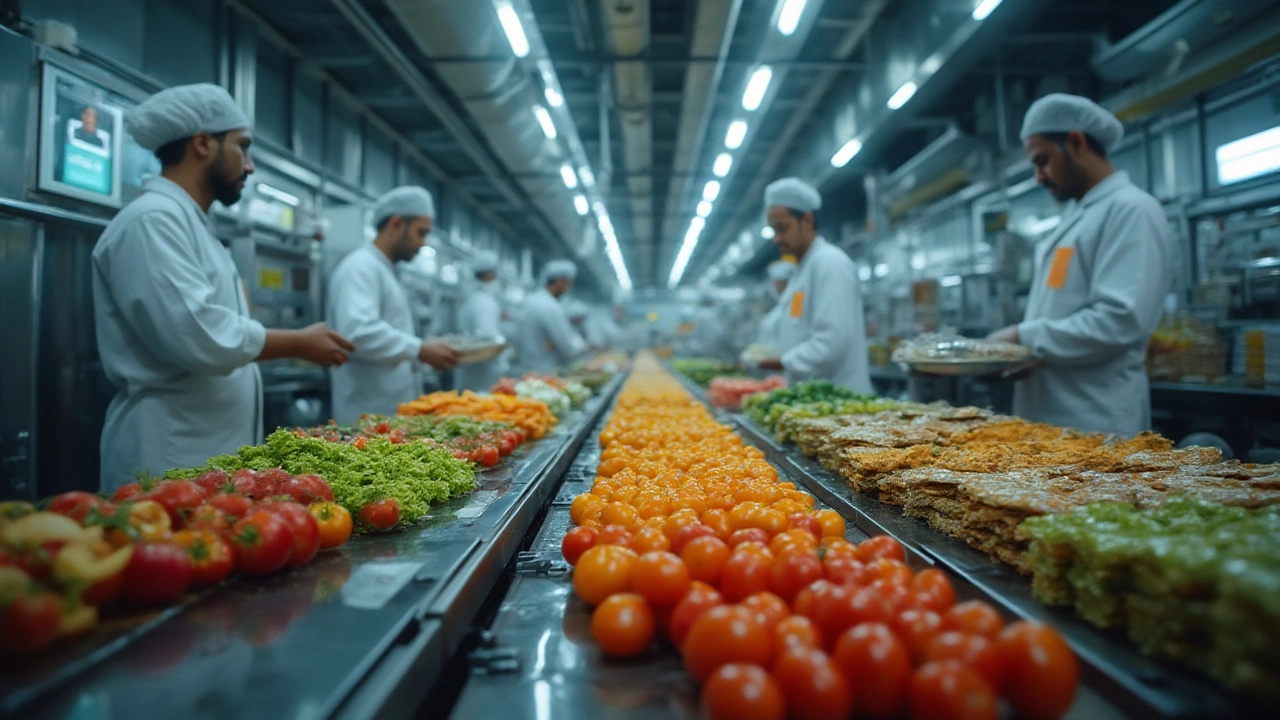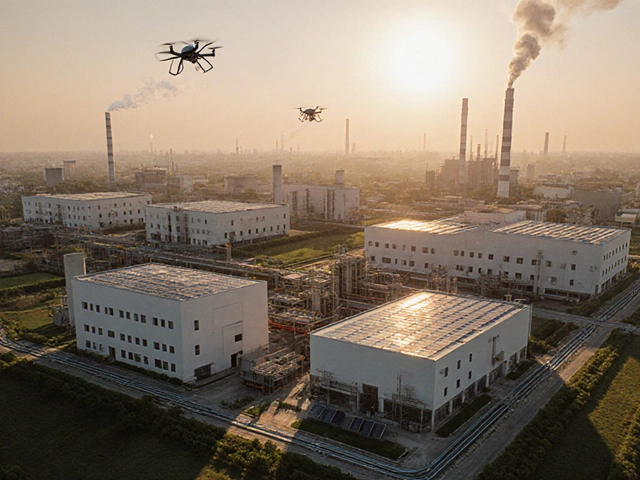Food Processing Unit: How to Start, Scale, and Succeed in India
Thinking about turning a kitchen idea into a real production line? You don’t need a massive budget or a PhD in engineering. A food processing unit can begin in a modest space and grow as demand picks up. The key is to focus on what you’ll make, who will buy it, and how you’ll keep quality high without breaking the bank.
Planning Your Unit – The First 30 Days
Start with a simple spreadsheet. List the product(s) you want to process, the volume you aim for in the first year, and the raw materials you’ll need. Next, check local zoning rules – many industrial parks allow food‑grade facilities, but a residential area may not. Talk to the nearest municipal office or state food authority to avoid surprise shutdowns later.
Once the location is cleared, sketch a basic floor plan. Keep the flow logical: raw material intake, cleaning, processing, packaging, and finished‑goods storage. A smooth flow reduces handling time and cuts contamination risk. Even a 500‑sq‑ft space can work if you arrange stations in a straight line.
Choosing Equipment and Staying Compliant
Equipment cost is the biggest line item, but you don’t have to buy everything brand new. Look for used stainless‑steel mixers, slicers, or pasteurizers from reputable dealers. A good rule of thumb is to spend about 30‑40 % of your total budget on core machines, 20 % on utilities (water, electricity, waste), and the rest on packaging and labor.
Food safety rules in India are governed by FSSAI. Register your unit, get a license, and follow the Good Manufacturing Practices (GMP) checklist. Simple steps like regular temperature logs, calibrated thermometers, and a documented cleaning schedule keep inspectors happy and customers safe.
Don’t forget power backup. Many food processes need uninterrupted electricity, especially for refrigeration or cooking. A small diesel generator or UPS system can save you thousands in spoiled inventory.
Now think about sourcing. Build relationships with local farmers or ingredient suppliers who can guarantee consistent quality. Sign a basic purchase agreement that defines price, delivery schedule, and quality checks. This reduces the risk of sudden price spikes or sub‑par raw material.
When it comes to packaging, choose materials that match your product’s shelf life. For dry snacks, airtight laminated pouches work. For ready‑to‑eat items, vacuum‑seal or retort‑able packs are better. Packaging is also a branding opportunity – a clean label with clear nutrition info builds trust.
Marketing your unit starts with a simple online presence. Create a Google Business profile, list your products on local B2B portals, and reach out to food distributors in your region. Offer free samples to potential retailers; a good taste will do most of the selling.
Finally, track performance. Use a basic spreadsheet or free ERP software to record production output, waste, and sales. Review the data every month – if you spot a bottleneck, adjust the process before it becomes a bigger problem.
Starting a food processing unit is a step‑by‑step journey. Focus on clean operations, reliable suppliers, and solid paperwork, and you’ll have a platform that can grow from a small kitchen to a full‑scale plant.
Food Processing Units Explained: How Food Factories Work and What You Should Know
Explore how a food processing unit transforms raw crops or meat into packaged goods. Dive into the machines, tech, safety, business, and daily life tied to food factories.
Read More




